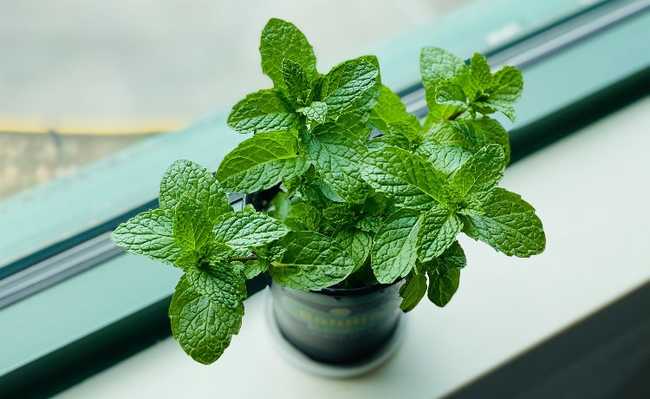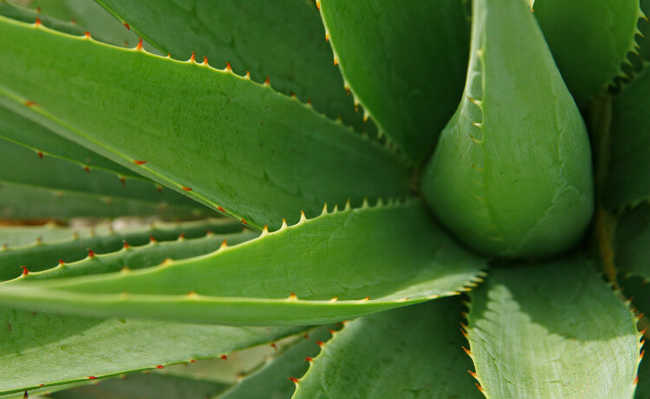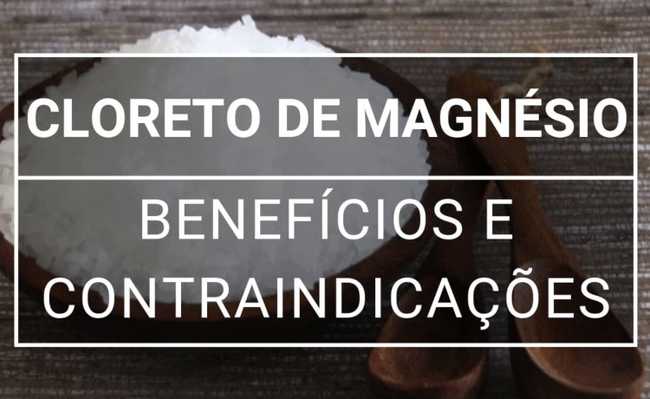Moths: what are they and how to remove them in an ecologically correct way?
There are several natural alternatives to keep moths away, but cleaning is the best one
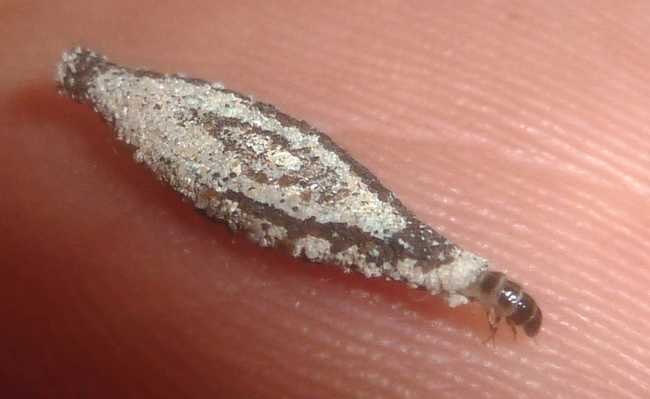
JMK image, available on Wikimedia under CC-BY-SA-4.0 license
In Brazil, we use the word moth for two very different groups of insects. One of them is the well-known book moth, insects belonging to the Zygentoma order, and the other is the clothes moth, of the order Lepidoptera, which are the larval stage of moths, as shown in the image above.
To better explain what these insects are, what their habits are and how to put an end to moths, we interviewed Bruno Zilberman, a biologist and researcher in the field of entomology at the University of São Paulo. Check out the interview:
Portal eCycle: Bruno, what are moths?
Bruno Zilberman: Book Moths, as they are commonly called, belong to one of the most “primitive” insect groups we know, as they share many characteristics with the first insects that lived millions of years ago. One of these characteristics, for example, is the absence of wings. The size of these insects is small to medium (0.85 to 1.3 cm); and the elongated, flattened body shape, with three caudal filaments and a generally grayish coloration, makes them very distinct and easily recognizable animals. They are ametabolites, that is, the juvenile status of these insects is very similar to that of the adult individual. Anyone who has had or has these moths at home knows very well, even if intuitively, that they are nocturnal animals. In addition, they are very agile, moving quickly and easily into cracks in furniture, cabinets and boxes. They like dark environments and humidity.
See in the image below a specimen of bookworm, in its adult phase, without wings:

Edited and resized image of Pudding4brains is available on Wikimédia and licensed under Public Domain
Another type of moth common in homes are the so-called clothes moths, which belong to a different group of insects, the Order Lepidoptera, and are small moths. A striking difference between them and book moths is that these moths, usually called “clothes moths”, have holometabole development, which means that the young phase is radically different from the adult phase. This is relevant, as the problem of these animals as "pests" occurs precisely in their young phase, since these moths in adulthood have atrophied digestive system and only caterpillars feed. Caterpillars (young stage) are easy to recognize: they move along the walls while being protected inside by a flat envelope. It is within this “shield” that the caterpillar feeds and puffs up, and soon after transforms into a moth (adult stage).
See in the image below the clothes moth (moth larva) and the adult animal, with wings:
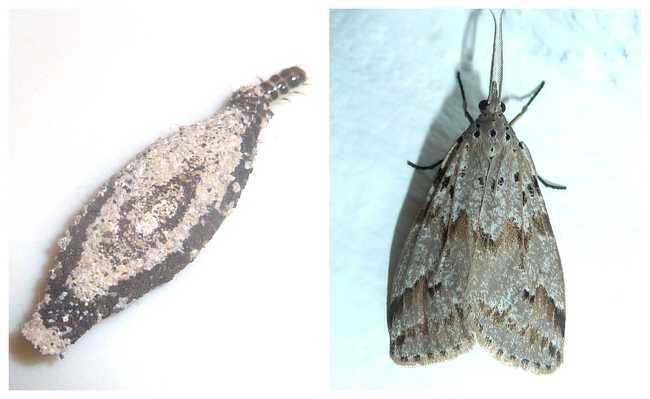
JMK images, available on Wikimedia under CC BY-SA 4.0 and CC-BY-SA-3.0 license
eCycle: Are they bad for your health?
Zilberman: : There are no studies to suggest that these moths do any harm to health.
eCycle: What do book moths feed on?
Zilberman: : Book moths feed on all sorts of starch-containing substances. In our homes, they can consume starched clothes, curtains, sheets, silks and starch glue from wallpapers. Vegetables and starchy foods are also food for these animals; and, of course, as the name suggests, it can be a headache for those who have a lot of books: they are able to eat the starch in books, like the binding glue, ink pigments and the paper itself.
eCycle: What about moths? What do they feed on?
Zilberman: : Clothes moths feed on keratin. Remembering that adults (moths) do not feed, the problem begins when the female puts the eggs in some clothing, or piece of fabric, which is of animal origin, such as wool, fur and cashmere. It is worth emphasizing that synthetic fabrics, in general, are not targets of clothing moths, as they lack keratin, the nutrient of interest to these larvae.
eCycle: Should we get rid of moths?
Zilberman: : It depends on the person and the situation. If moths are present in a number for you “bearable” without major material damage, you may be indifferent to their presence. If you're running a library, on the other hand, you might want to see these animals far away!
eCycle: For those who cannot share space with these beings, what would be the ways to keep them away?
Zilberman: : The first thing to do is prevention, avoiding the accumulation of old papers, keeping books and magazines in proper and clean places. We must keep an eye out for dark, damp places where moths like to be; and it is also common for them to come in boxes that we bring from the streets. “Cleaning” is the key word, and we must keep baseboards and crevices clean with a vacuum cleaner, reducing the availability of food for these animals.
For clothes moths, the prevention step is to know where and under what conditions we put our clothes. We know they like warm, humid environments. Therefore, placing the clothes in a clean, ventilated and dry place is recommended. Attacked clothing can be placed in plastic bags and then placed in a freezer for a few days. This ends up killing the infesting eggs and caterpillars.
Some natural methods circulate on the internet in order to keep these animals away. One of these methods is the use of bay leaves in drawers and cabinets. The cloves are also widely used and the method consists of preparing sachets with the cloves, spreading them in cupboards, drawers and shelves.
The Instituto Biológico recommends a homemade bait against bookworms based on glue and flour. The preparation is made with gum arabic, four parts of wheat flour, six parts of sugar, two parts of powdered boric acid and water for binding. After mixing until a homogeneous mass is formed, the Institute recommends placing portions in lids and spreading them in infested areas.
Other valuable tips
In addition to Bruno Zilberman's tips, the team at eCycle portal also found another natural suggestion to ward off moths: neem extract. With a proven effect against moths, the advantage of this insecticide is that it does not harm mammals (including us humans) like the most conventional insecticides. On the contrary, it even has beneficial effects. The suggestion is, after cleaning, apply the neem extract in environments where moths can live. However, be careful not to let the neem escape to places inhabited by bees such as potted plants, as it is harmful to them.
To learn more about neem, check out the article "Neem: benefits from root to leaves". To better understand bees, take a look at the article: "The importance of bees to life on the planet".
Another suggestion of a natural insecticide against moths is the terpene limonene, a natural substance present in some more sustainable cleaning products, in orange essential oil, in lemon essential oil, among others - limonene is effective when killing moths. moths.
If it is used in the essential oil version, the suggestion is to drop three drops of the oil in the drawers or other compartments where moths can live.
If it is used in the version of cleaning products that contain this terpene, the suggestion is to clean the area with the homemade lemon multipurpose product or with a ready-made multipurpose product containing the limonene terpene.
The advantage is that this substance is not toxic to humans. To learn more about terpenes, check out the article "What are terpenes?".




